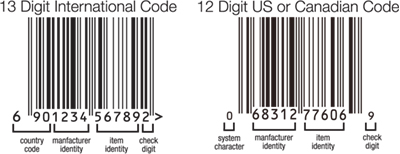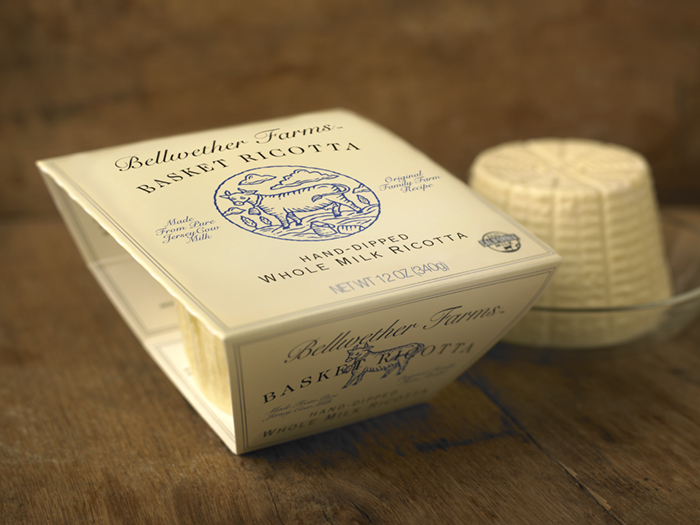Do you know where the food you are buying comes from?
Does the country of origin make a difference in what you purchase?
Many products no longer show where they are made, only the location of the distributor. With the globalization of food sourcing, what you are buying can come from anywhere.
If you’re concerned about the origin of the item you are purchasing, there is a simple key to being informed.
It’s the bar code. By simply knowing how to read the numbers, you can be a more informed consumer. Keep in mind that while it is true many products of foreign origin use the U.S. or Canadian bar code, others do not.
Here are some basic tips. U.S. and Canadian bar codes have a 12 digit number and all other international codes have 13. The first three digits of the 13 digit international bar code show the country of origin.
Below is the key to de-coding the code.
Some of the more dominant international codes are:
France 300-379
Germany 400-440
Japan 45-49
Taiwan 471
Philippines 480
Hong Kong 489
Poland 590
China 690-695
Mexico 750
Chile 780
Brazil 789-790
South Korea 880
Thailand 885
India 890
Vietnam 893
Indonesia 899
As an aware consumer, expand your purchasing decision beyond price and ingredients. Know where your product comes from and purchase with assurance.
For more country code information:
www.makebarcode.com/specs/ean_cc.html




